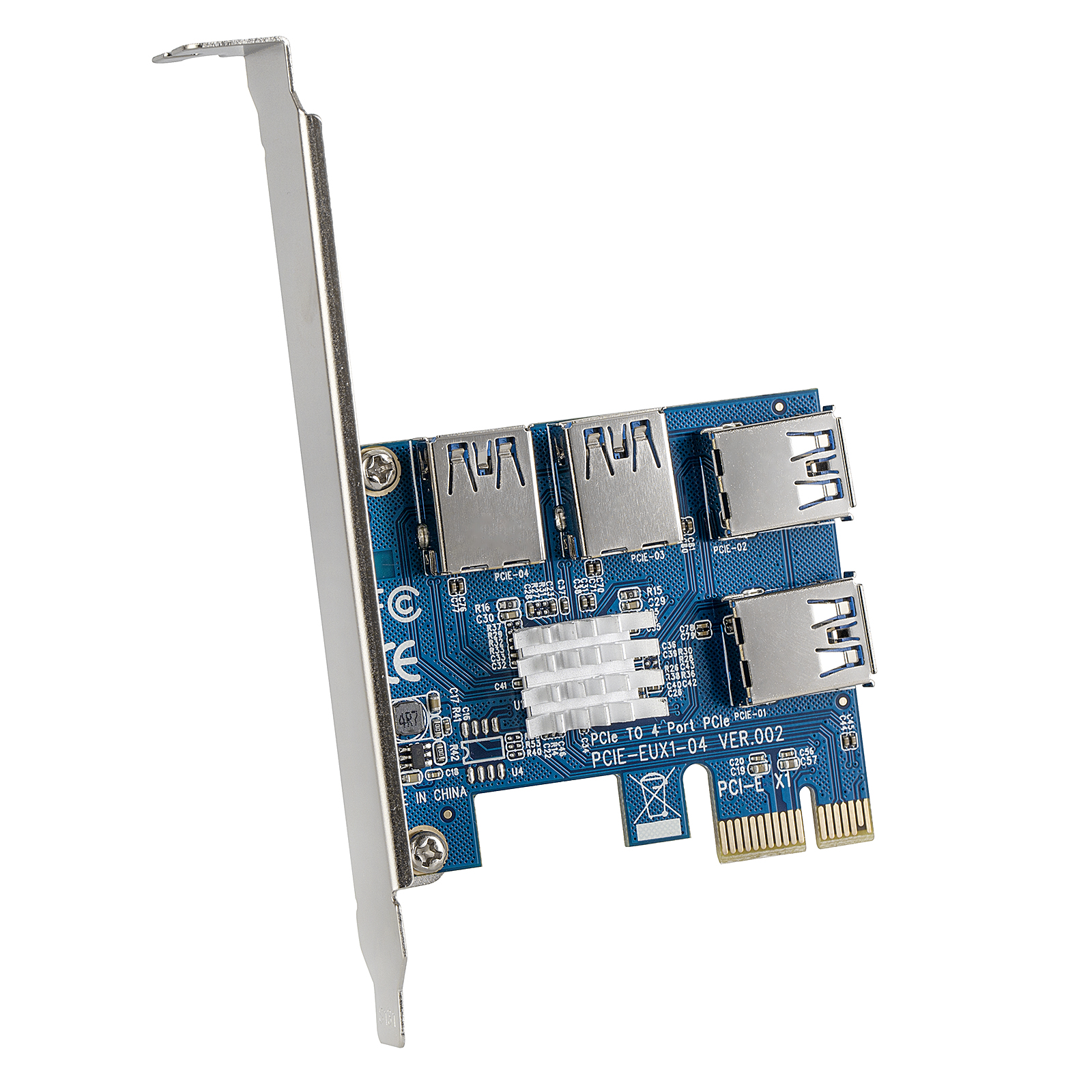

Because of its shared bus topology, access to the older PCI bus is arbitrated (in the case of multiple masters), and limited to one master at a time, in a single direction. In contrast, PCI Express is based on point-to-point topology, with separate serial links connecting every device to the root complex (host).

One of the key differences between the PCI Express bus and the older PCI is the bus topology PCI uses a shared parallel bus architecture, in which the PCI host and all devices share a common set of address, data, and control lines. Ĭonceptually, the PCI Express bus is a high-speed serial replacement of the older PCI/PCI-X bus. For instance, a x16 slot with only 4 PCIe lanes is quite common. Sometimes what may seem like a large slot may only have a few lanes. The PCIe slots on a motherboard are often labeled with the number of PCIe lanes they have.

It is also used in the storage interfaces of SATA Express, U.2 (SFF-8639) and M.2.įormat specifications are maintained and developed by the PCI-SIG (PCI Special Interest Group) - a group of more than 900 companies that also maintains the conventional PCI specifications. The analogy is a highway with traffic in both directions.) The interface is also used in a variety of other standards - most notably the laptop expansion card interface called ExpressCard. (A lane is a single send/receive line of data. The PCI Express electrical interface is measured by the number of simultaneous lanes. More recent revisions of the PCIe standard provide hardware support for I/O virtualization. PCIe has numerous improvements over the older standards, including higher maximum system bus throughput, lower I/O pin count and smaller physical footprint, better performance scaling for bus devices, a more detailed error detection and reporting mechanism (Advanced Error Reporting, AER), and native hot-swap functionality. It is the common motherboard interface for personal computers' graphics cards, sound cards, hard disk drive host adapters, SSDs, Wi-Fi and Ethernet hardware connections. PCI Express ( Peripheral Component Interconnect Express), officially abbreviated as PCIe or PCI-e, is a high-speed serial computer expansion bus standard, designed to replace the older PCI, PCI-X and AGP bus standards.


 0 kommentar(er)
0 kommentar(er)
